
More Helpful Content
Shipping goods internationally can often feel overwhelming, especially when you're trying to ship from China to US. With various shipping methods, costs, and regulations to consider, getting your products safely and efficiently to their destination is no small feat. In this guide, we'll demystify the process, providing you with clear, actionable steps to ensure your shipments make it across the globe without a hitch.
Here's what you'll learn in this guide:
When you're looking to ship from China to US, choosing the right shipping method is crucial. Each method has its own benefits and trade-offs, so understanding them can help you make the best choice for your needs.
One of the primary advantages of air freight is speed. If you need your products delivered quickly, air shipping is often the best option. Typically, it takes anywhere from 2 to 15 days for air freight to reach the United States from China, making it the fastest method available. This is particularly advantageous for businesses needing to restock inventory urgently or for time-sensitive materials.
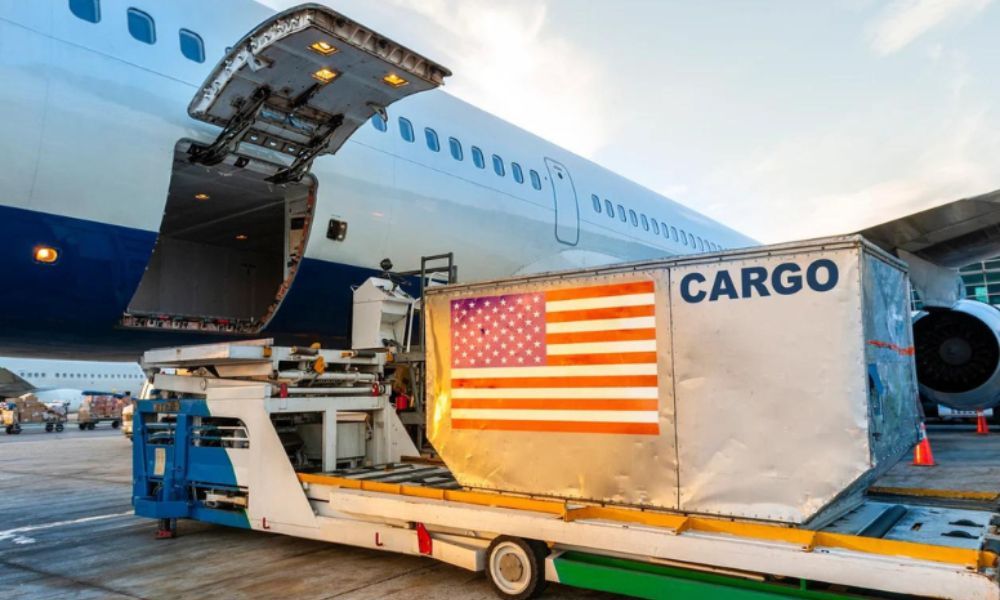
Air freight, while fast, can be more expensive compared to other shipping methods. Costs are influenced by several factors including the weight and volume of the shipment, the type of goods being shipped, and current fuel prices. However, the higher cost can often be justified by the speed and reliability of air shipping when you need to ship from China to US.
Airlines have strict guidelines on the weight and size of shipments. Generally, lighter and smaller packages are more cost-effective to ship via air. It's important to check with your carrier for specific restrictions, as exceeding them could result in additional charges or even refusal of shipment.
For those seeking a more cost-effective method to ship from China to USA, ocean freight is an excellent choice. Though slower than air freight, sea shipping offers significant savings, especially for larger quantities of goods. Businesses often use this method for bulk shipments where delivery time is not as critical.
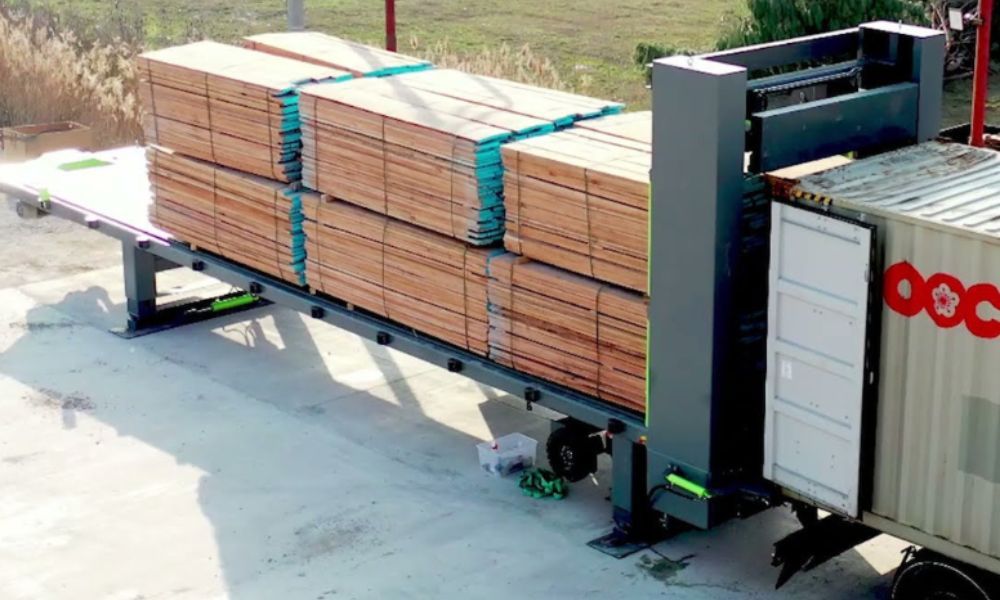
Typical transit times for ocean freight range from 20 to 40 days, depending on the specific ports involved and various logistical factors. While this method takes longer, it’s ideal for non-perishable goods that can endure extended travel times without issue. Wondering how long to ship from China to US? This can give you a good estimate for ocean freight.
Choosing between these two depends on your shipment size and budget.
When planning to ship from China to US, understanding the different parcel types and choosing the appropriate shipping method can save you time and money. Whether you're sending small parcels or large shipments, here are the details you need.
For small parcels, as long as the packet (except prohibited items) is less than 2kg with the size less than 90 cm in length, width, and depth combined and the greatest dimension less than 60cm, you have several efficient options.

For larger shipments, the requirements differ based on the service type. For Economy or Domestic services, this applies to shipments larger than 2.4 x 1.2 x 1.8 m. For Express Services, it’s 1.2 x 1.2 x 1.5 m.
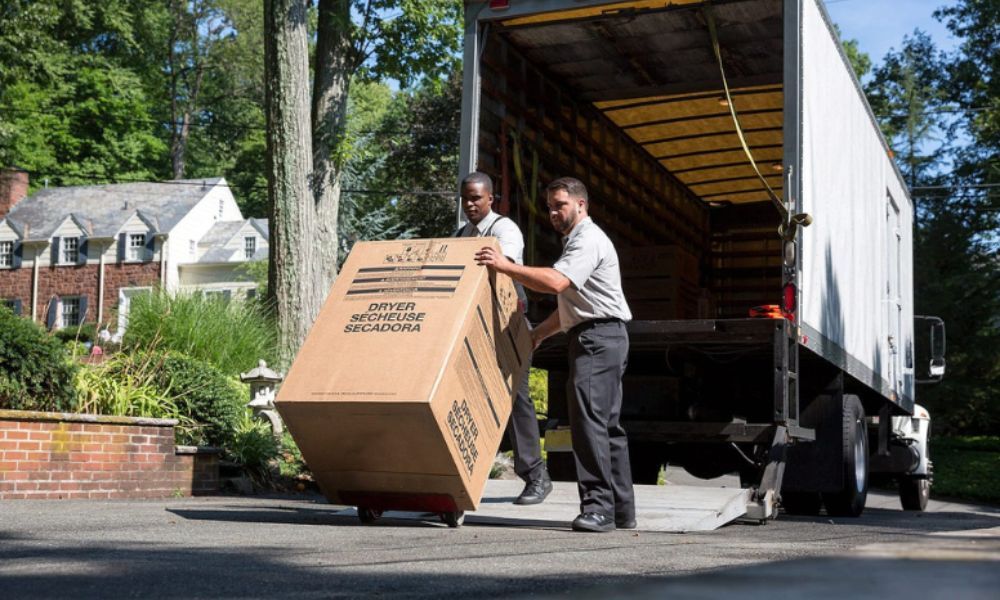
Handling and Safety:
When planning international shipping from China to USA, understanding key shipping routes can help you make informed decisions. From major ports and airports to common trade lanes, these routes influence shipping times and costs.
Primary Entry Points for Sea Shipments:
| China Side | US Side |
Port of Shanghai:
| Port of Los Angeles:
|
| Port of Shenzhen: Known for handling a significant volume of electronic goods | Port of Long Beach:
|
| Port of Ningbo-Zhoushan: A major hub for bulk and container cargo | Port of New York and New Jersey: Key for East Coast operations |
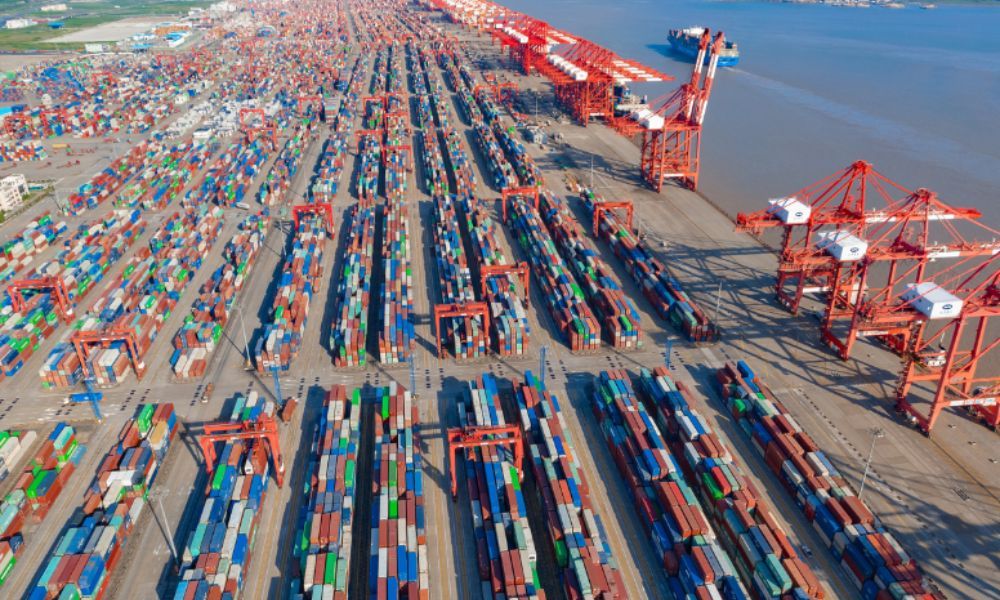
Primary Entry Points for Air Shipments:
| China Side | US Side |
| Shanghai Pudong International Airport (PVG): Top choice for rapid air cargo | Los Angeles International Airport (LAX): Crucial for West Coast air freight |
| Beijing Capital International Airport (PEK): Significant hub for North China | John F. Kennedy International Airport (JFK): Important for East Coast deliveries |
| Port of Ningbo-Zhoushan: A major hub for bulk and container cargo | Port of New York and New Jersey: Key for East Coast operations |

If you're also exploring shipping options to other neighboring countries, you might find our guide on Ship from China to Malaysia helpful.
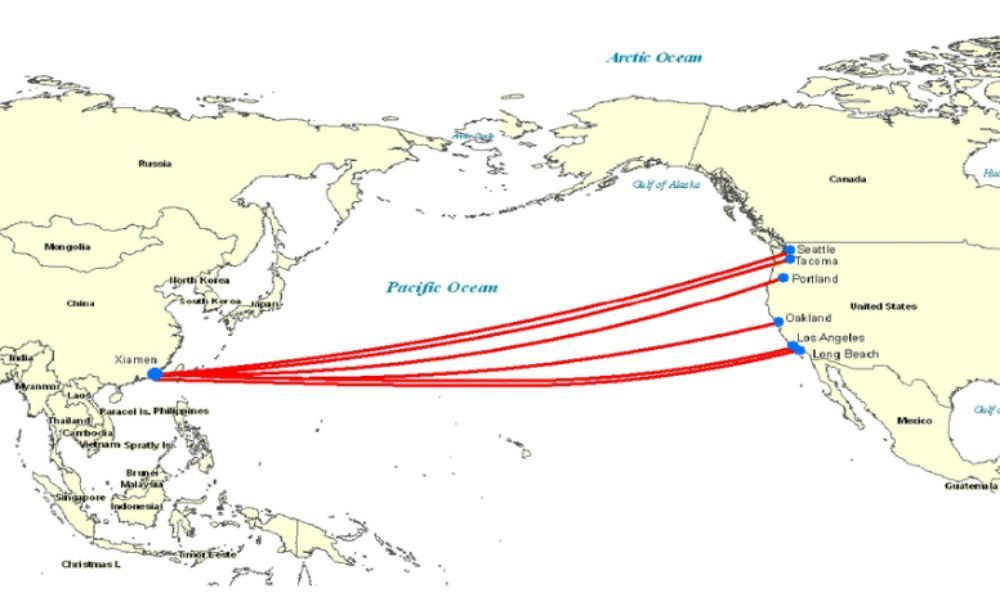

Understanding this ship route from China to USA and their characteristics can streamline your shipping process.
When planning an international logistics strategy, understanding the costs involved is crucial. Let’s explore the intricacies of shipping from China to USA price, specifically focusing on air and sea freight.
Several factors influence the cost of shipping via air:
Air Freight cost From China to US (Updated May 2024)
| Weight Range (KG) | Service Type | Rate per KG (USD) | Note |
| Standard | Air Freight | $3.3 | Standard air freight rate from China to US. |
| 0.5 – 5.5 | Air Express Freight | $4.65 – $17.36 | For lightweight packages sent via air express. |
| 6 – 11 | $9.82 – $15.73 | Cost-effective for mid-weight air express shipments. | |
| 20.58 | $14.61 | An example package of 20.58KG would cost around $280 total. | |
| 21 – 70 | $7 – $7.8 | For heavier shipments over 21KG, with slightly lower rates. | |
| Over 70 | $6.5 – $7.2 | The best rates are reserved for the heaviest shipments. |
Base Rates:
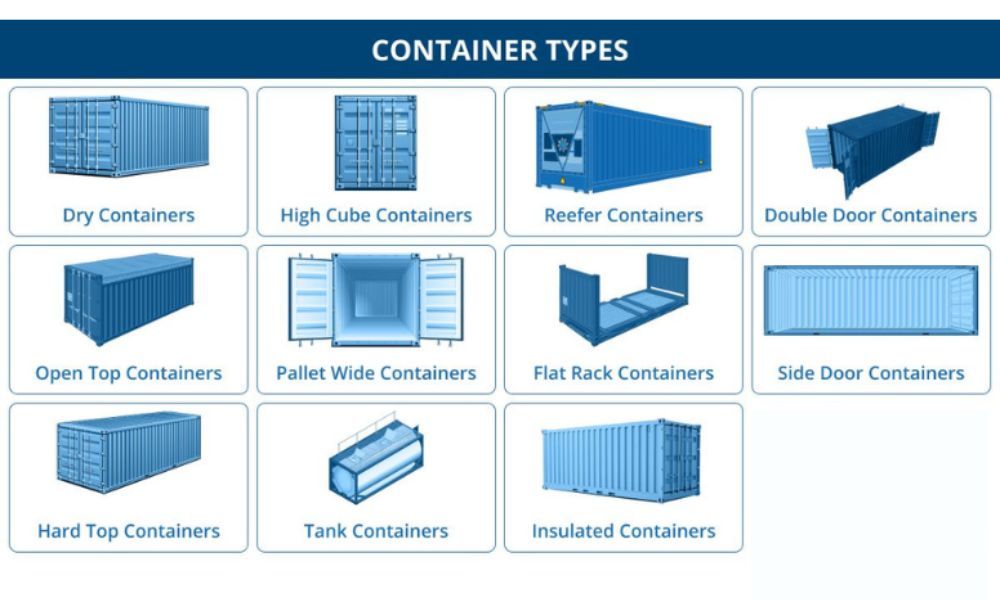
Variable Costs:
Understanding these elements is key to estimating the cost to ship a container from China to USA.
| From (China) | To (USA) | Type of Container | Average Ocean Freight Rate |
| Shanghai | Long Beach | 20FT | $4,880 |
| 40FT | $5,920 | ||
| Shenzhen | Long Beach | 20FT | $4,980 |
| 40FT | $6,180 | ||
| Ningbo | Long Beach | 20FT | $5,950 |
| 40FT | $6,100 | ||
| Hong Kong | Long Beach | 20FT | $4,730 |
| 40FT | $6,670 | ||
| Guangzhou | Long Beach | 20FT | $5,500 |
| 40FT | $6,450 | ||
| China | USA | LCL | $50 to $100 per cubic meter |
When shipping goods internationally, it’s essential to understand the various fees involved. Here’s a comprehensive guide to calculating the costs to ship from China to US.
Understanding these elements is crucial for accurately assessing the ship from China to USA cost.
Dimensional weight (or volumetric weight) is a pricing method that takes into account the space a package occupies compared to its actual weight. This ensures carriers are compensated fairly for lightweight, bulky items. Here’s how to calculate dimensional weight:
Example 1: Small Electronic Gadget
Step 1: Calculate Volume: Volume=12×8×6=576 cubic inches
Step 2: Calculate Dimensional Weight: Dimensional Weight=576/139≈4.1 lbs
Since the actual weight (5 lbs) is greater than the dimensional weight (4.1 lbs), the actual weight will be used for pricing.
Example 2: Large but Lightweight Product
Step 1: Volume=24×18×12=5184 cubic inches
Step 2: Dimensional Weight=5184/139≈37.3 lbs
In this case, the dimensional weight (37.3 lbs) is much higher than the actual weight (2 lbs), so the dimensional weight will dictate the cost. This can significantly increase shipping charges, especially for international shipping from China to the US.
Commercial Invoice: Details the transaction between buyer and seller.
Packing List: Lists all items included in the shipment.
Bill of Lading: Acts as a receipt for the shipped goods.
Certificate of Origin: Verifies where the goods were manufactured.
Ensuring all documentation is accurate prevents delays in international shipping from China to USA.
Clear Labels: Use clear, readable labels with all necessary information.
Barcodes: Include barcodes for scanning and tracking purposes.
Handling Instructions: Specify any special handling needs (e.g., Fragile, Handle with Care).

Customs Regulations:
Adhering to these regulations ensures compliance and smooth clearance for international shipping from China to USA.
Tracking mechanisms
Effective tracking helps manage the cargo ship from China to USA time efficiently.
Duties and Taxes: If there are any delays, handle them immediately
Evaluation Criteria
Selecting a reliable partner ensures a smooth ship route from China to USA.
Service Offerings:
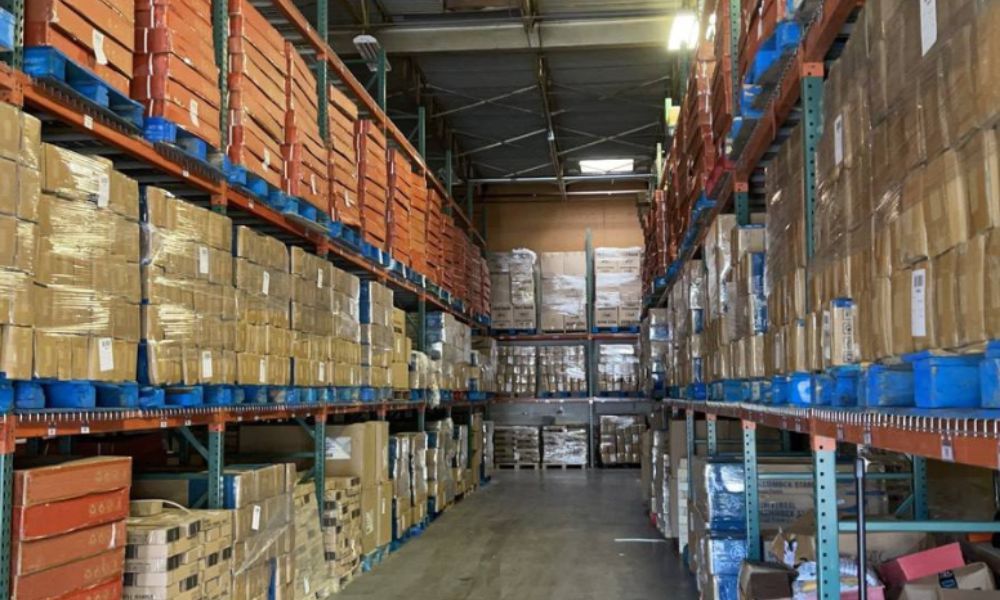
At EFEX, we specialize in facilitating seamless and efficient shipping from China to the US. Our Cross-Border Shipping service is tailored to meet the specific needs of your business, ensuring your goods reach their destination reliably and cost-effectively.
Our goal is to provide seamless and efficient shipping experiences. For businesses looking to deepen their understanding of logistics and fulfillment, check out our detailed guide on Fulfillment Logistics.
Shipping times vary based on the method used. Standard air freight typically takes 5-10 days, while express options can deliver within 1-3 days. Sea freight is slower, usually taking 20-40 days depending on the route, port congestion, and customs clearance processes.
To minimize shipping costs, consider consolidating shipments to benefit from volume discounts, negotiating rates with carriers for better pricing, and using technology such as logistics platforms and inventory management systems to optimize your shipping process and reduce unnecessary expenses.
The most commonly imported items from China to the US include electronics (e.g., smartphones, laptops), apparel (clothing, shoes), machinery (industrial equipment), and home goods (furniture, kitchenware). These categories represent significant portions of trade between the two countries, driven by high demand in the US market.
Shipping from China to the US can be a complex process, but with the right knowledge and strategies, you can navigate it smoothly. From understanding delivery times to reducing costs and knowing which items are commonly imported, being well-informed can greatly benefit your business operations.
For more detailed information and personalized support on how to ship from China to US, visit our homepage. If you're also looking to expand your shipping routes, check out our blog on Guide To Shipping From China To Indonesia. If you have specific questions or need assistance, feel free to contact us. Join our fanpage on Facebook for the latest updates, tips, and discussions on logistics and shipping solutions.


